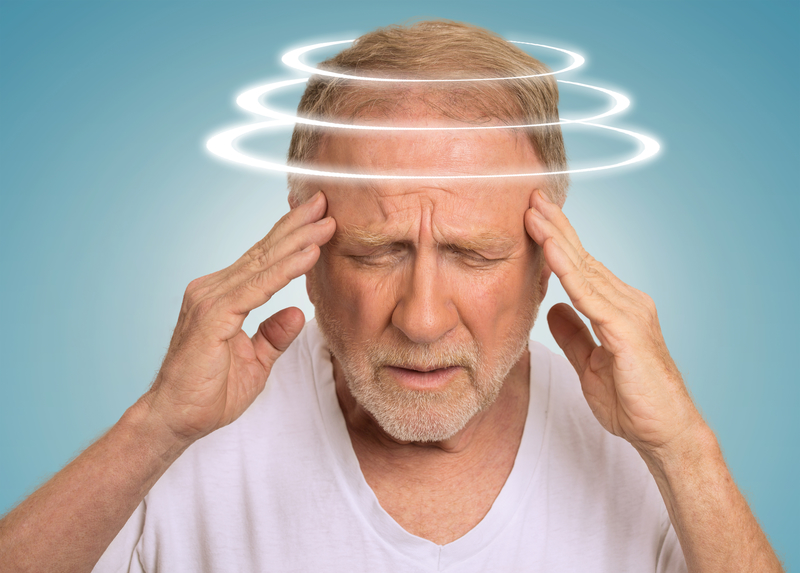10 Ways Motion Sickness Could Indicate Serious Health Problems
Motion sickness, also known as travel sickness, is a condition characterized by a disturbance of the inner ear or the labyrinth, resulting in spatial orientation as well as an impaired sense of balance and equilibrium. It is caused by a repetitive motion such as the movement of a vehicle, the motion of a plane in the air, or being on a boat. Although motion sickness may seem like a harmless condition, it may indicate a more serious problem.
10. When Does Motion Sickness Occur?

Approximately thirty-three percent of people experience motion sickness in mild circumstances, such as driving in a car on a smooth road, and up to sixty-six percent experience symptoms in severe conditions, including being on a boat in turbulent waters. Motion sickness can occur on a boat, in a car, on a plane, or when riding an amusement park ride. Only people who do not have a functional vestibular system are immune to developing motion sickness.
9. Causes

Motion sickness is detected in the brain when the inner ear, the eyes, and the deeper tissues of the body’s surface send signals to the nervous system. These signals include acceleration, motion sensors, and gravity. The input from these three signals is coordinated in the brain anytime a person walks or moves intentionally. However, when there is an unintentional movement of the body and the brain is not organizing the movement, it causes a sense of discoordination or conflict between the three pathways, resulting in motion sickness.
